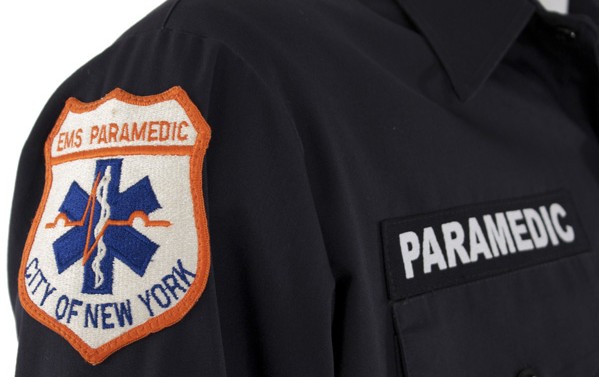
Interesting Resuscitation Science Contribution: The NYC Project Hypothermia
Intra-arrest induction of Therapeuitic Hypothermia via large-volume ice-cold saline infusion improves immediate outcomes for out-of-hospital cardiac arrest. The use of therapeutic hypothermia is considered the standard of care for the post-resuscitation management of out-of-hospital cardiac arrest patients. In New York City, efforts to ensure the utilization of this treatment as part of a standardized post-resuscitation management protocol have resulted in improved survival for all patients and a high percentage of neurologically intact survivors among those who receive therapeutic hypotermia. Phase II of this project will seek to expand the benefits of this therapy to the intra-arrest management for out-of-hospital cardiac arrest.
The original source of this article is the AHA Journlas
Background: New York City Project Hypothermia is a collaborative effort involving the Fire Department of New York (FDNY), Greater New York Hospital Association, Health and Hospitals Corporation, the Regional Emergency Medical Advisory Committee, and the New York State Department of Health. As part of this effort, the FDNY implemented a pilot protocol in the New York City 9-1-1 System on August 1, 2010 that introduced the induction of therapeutic hypothermia during initial resuscitation efforts via large-volume ice-cold saline infusion.
Purpose: We sought to assess the effects of this protocol on immediate survival end-points following out-of-hospital cardiac arrest (OOHCA).
Methods: OOHCA data was analyzed for the following periods: August 1, 2009 – May 31, 2010 (historicalcontrol group) and August 1, 2010 – May 31, 2011 (study group). Except for the intra-arrest induction of hypothermia, no other aspect of the regional resuscitation protocols differed between the two periods. Standard Utstein definitions were utilized. Due to the large sample sizes, Chi-square analyses without Yates’ correction were utilized, and a p
Results: 5,582 resuscitations for nontraumatic adult cardiac arrests during the control period were compared to 4,727 resuscitations in the study period that included the intra-arrest induction of hypothermia. The groups did not differ with respect to age, response time, bystander witnessed status, or frequency of bystander CPR. Patients in the study period were less likely to be male (52.3% vs 54.6%, p = 0.019), less likely to be white (32.8% vs 35.1%, p = 0.013), and less likely to have an EMS-witnessed arrest (8.3% vs 9.5%, p=0.026). Return of spontaneous circulation (ROSC) and sustained ROSC were improved in the study group as compared to the control group: 31.7% vs 29.0% (p=0.003) and 24.1% vs 21.9% (p=0.0014), respectively.
The administration of large-volume, ice-cold saline for the intra-arrest initiation of therapeutic hypothermia improves immediate survival for out-of-hospital cardiac arrest.
Further work is required to assess the impact of this effect on long-term, neurologically intact survival and specific patient population for which this therapy may be of greatest benefit.
Special Thanks from the AHA to All of the Certified First Responder, Emergency Medical Technicians, and Paramedics of the FDNY and the New York City 9-1-1 System.



